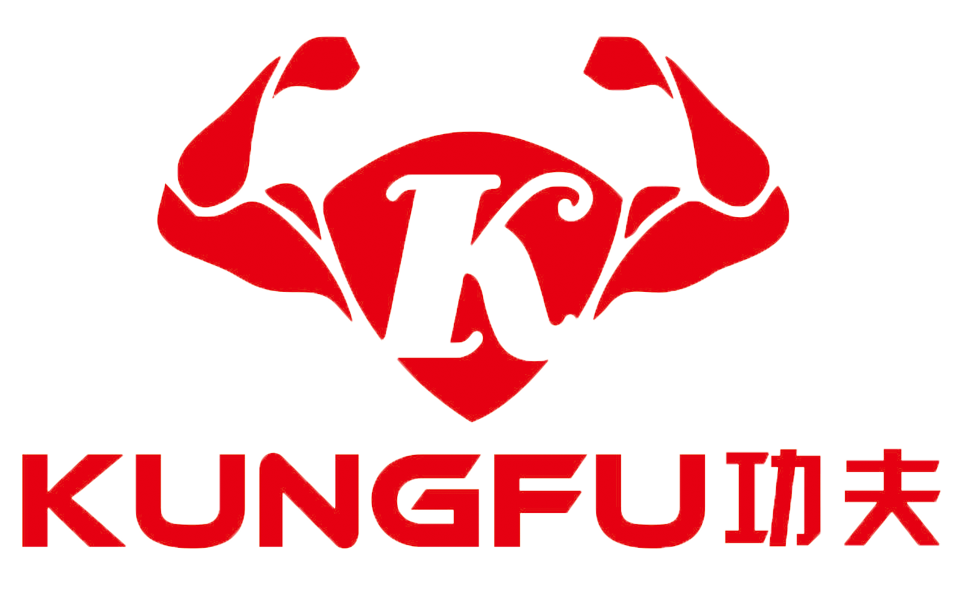As an ancient and classic fitness equipment, kettlebells (also known as dumbbells) have played an important role since ancient times. In recent years, with the rise of fitness culture and the improvement of people's health awareness, kettlebells have once again received widespread attention and have gained an important position in the fitness world. This article will classify kettlebells, discuss their development trends, and delve into their applications in different fields.
1. The development history of kettlebells
The history of kettlebells can be traced back to ancient Greece and Rome. Ancient Greek Olympic athletes are believed to have trained with equipment similar to modern kettlebells. In ancient Rome, kettlebells were used to train soldiers in the army and improve their strength and endurance.
Over time, kettlebells were gradually introduced to other parts of Europe and became widely used in Russia in the 18th and 19th centuries. The Russians made the kettlebell into its modern familiar spherical shape and used it as one of their traditional training tools. Later, kettlebells gradually spread to other parts of Europe and America, and became a common piece of equipment in gyms and gymnasiums.
2. Classification of kettlebells
Kettlebells can be classified based on a number of factors, here are some of the common ones:
steel, rubber coating, etc. Iron kettlebells are durable and strong, steel kettlebells are lighter, and rubber-coated kettlebells can reduce damage to the ground and equipment.
Classified by shape: Kettlebells come in traditional ball shapes and more modern flat-bottom designs. Spherical kettlebells are easier to swing and turn, while kettlebells with a flat bottom are better suited for specific training movements.
Classification by weight: The weight of kettlebells usually ranges from a few pounds to hundreds of pounds. Kettlebells of different weights can be selected for training according to individual needs.
Classification by function: Kettlebells can be used for strength training, muscle endurance training, explosive strength training, etc., and can also be used for aerobic exercise and functional training.
3. Development Trend of Kettlebells
Increased functionality and diversity: With the advancement of technology and innovation in design concepts, modern kettlebells have not only improved in materials, but also added many new functions, such as adjustable weights, digital displays, sensors, etc. The functions of the kettlebell are richer and more diverse.
Integrated into comprehensive fitness plans: Modern fitness concepts emphasize the comprehensive development of all aspects of the body. As a kind of whole-body equipment, kettlebells are increasingly integrated into comprehensive fitness plans, along with aerobic exercise, freehand training, and functional fitness. Combined with training, etc., promote the overall development of the body.
Popularization and socialization: Kettlebell training is easy to learn and effective, so it is favored by more and more people. Kettlebell training is often done in small groups, and this social approach to fitness attracts more people to participate and forms an active community on social media.
Professional training and certification: With the popularity of kettlebells, more and more fitness coaches have begun to specialize in kettlebell training and obtain corresponding certifications. These professional coaches are able to provide individuals with more personalized and professional training programs to ensure they can perform kettlebell training safely and effectively.
Expansion of application fields: In addition to traditional fitness venues, the application fields of kettlebells are also constantly expanding, such as military training, sports competitions, rehabilitation treatment and other fields. The simplicity and effectiveness of kettlebell training make them ideal for a variety of disciplines.
4. Application of kettlebells in the fields of health, sports and rehabilitation
Health field: Kettlebell training can improve cardiopulmonary function, enhance muscle strength and endurance, improve body posture and balance, and play a positive role in maintaining physical health and delaying aging.
Sports field: Kettlebell training can improve athletes' explosive power, agility and coordination, and enhance sports performance, so it is widely used in various sports competitions.
Rehabilitation field: Kettlebell training can help rehabilitation patients restore muscle function and joint mobility, accelerate the recovery process, and prevent re-injury.
As an ancient but innovative fitness equipment, the development trend of kettlebell is towards functionality, integration, socialization and specialization, and it has been widely used in the fields of health, sports and rehabilitation. As fitness culture continues to become more popular and people pay more attention to health, kettlebells will continue to play an important role in the fitness world, bringing people more comprehensive health and physical development.
